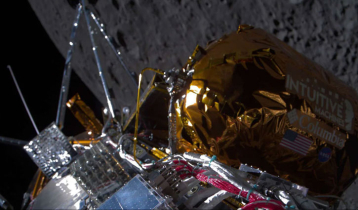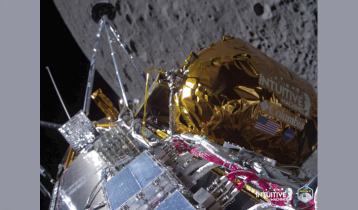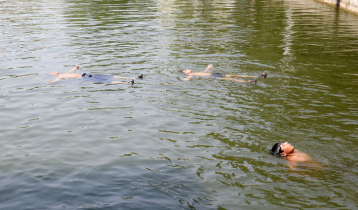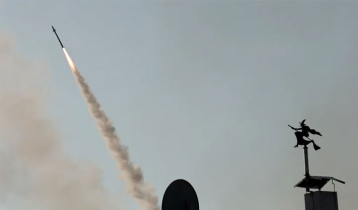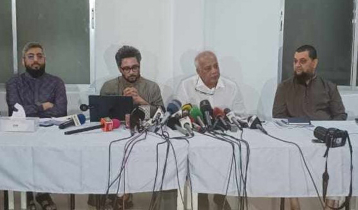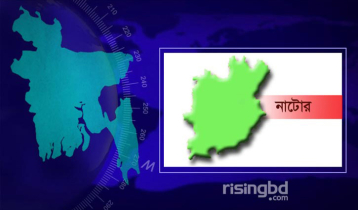Europe launches second EDRS space laser satellite
4 || risingbd.com
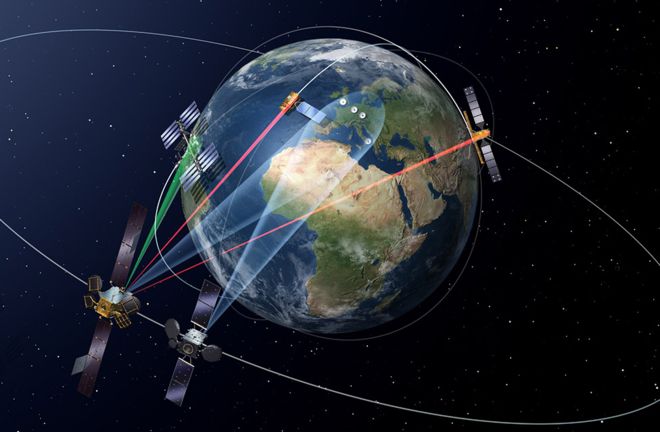
Risingbd Desk: Europe has launched the second satellite in its space laser telecommunications network.
It will use optical beams to pull pictures and data from other spacecraft and then speed that information to the ground.
EDRS-C, as it is known, was sent into orbit on Tuesday by an Ariane-5 rocket from the Kourou spaceport in French Guiana.
It joins the first node in the network, EDRS-A, which was put up in 2016.
That spacecraft was positioned over Central Africa to service Europe.
The new satellite will sit slightly to the east, where it will provide additional capacity.
The European Data Relay System is a joint venture between the European Space Agency and aerospace giant Airbus.
It is used predominantly by the European Union's Sentinel-1 and Sentinel-2 Earth observation spacecraft. These platforms take images of the planet's surface.
Ordinarily, such satellites would have to wait until they pass over a radio receiving dish on the ground before downloading their pictures, which could mean a delay of over an hour as they circle the globe.
But the Sentinels were equipped to connect with the EDRS satellites' 1.8-gigabit laser links.
The relay platforms orbit much higher in the sky - some 36,000km in altitude - and always have visibility of a radio antenna on the ground.
The capability has particular relevance in the realm of natural disasters, such as major floods or big earthquakes.
Information about the scale of these emergencies can be put in the hands of first responders much faster than would normally be the case.
"We have demonstrated that it's possible to get a Sentinel image on the ground and ready to use after just 15 minutes of it being acquired," Magali Vaissiere, the director of telecoms at Esa, said.
"The launch of EDRS-C brings additional capacity to the network, obviously, but it also provides redundancy, a back-up, which you need in an operational system."
Between a third and a half of all image data from Sentinels 1 and 2 is now routed through EDRS, and usage is certain to expand with the second node now in orbit.
There are plans to use the relay system to regularly pull data to the ground from the European Columbus science laboratory on the space station. Future Earth observation satellites are also actively being planned with EDRS in mind, including the EU's next batch of Sentinels and Airbus's Pléiades Neo satellites which will take Earth images at 30cm resolution. Airbus says airborne reconnaissance could make use of the laser links, too.
A third node, EDRS-D, should be launched over the Asia-Pacific region before 2025.
Esa wants to see optical technology play a much bigger role in space communications.
Source: BBC
risingbd/Aug 7, 2019/Mukul
risingbd.com





